When did you practice Pranayama or breathing practice last time? Is that just before the last interview to stress out or during playing games? Breathing is a vital process which starts at the time of birth and stops when a person dies. It’s the most powerful force in the universe and in fact the only thing we actually need to survive in this beautiful world. Once your breathing stops you are gone! But, knowingly or unknowingly we pay very little attention to it. When we breathe, we bring life-sustaining oxygen into our body which helps to improve blood circulation to all parts of the body.
Pranayama is the practice of controlling the breath, which is the main source of our Prana, which we also called the vital life force. The word ‘Prana’ represents ‘vital energy’ which is responsible for the life or life force, while ‘ayama’ means ‘control’. Hence, Pranayama refers to ‘control of the life force’. The word ‘ayama’ also denotes ‘extension’ or ‘expansion’. So, Pranayama also refers to extension or expansion of prana. It’s obvious that one can only control the rhythm of pranic energy with Pranayama and attain a healthy body, mind and soul.
Breathing includes inhalation and exhalation, which is also called as Puraka and Rechaka. With each inhalation, we take in vital energy in the form of oxygen and with each exhalation, we remove toxic elements in the form of carbon dioxide from our body. Pranayama or breathing control also involves retention of breath, which we call as Kumbhaka, wherein air is retained internally or externally. Retention of air increases the level of prana or energy in the body, and also regulates the flow of pranic energy throughout the body.
When we practice yoga asanas, it’s more about how we breathe to stay in that posture for a long time. Have you observed that when you stop your breathing, you could hardly stay in that pose! Breathing practices have benefits at all levels for human beings. It helps to bring physical, psychological, mental and spiritual equilibrium in your body.
[amazon_link asins=’8186336141,8122316077,B075KPDP7H,B01A34TCXS,B0123N5OVG,B0123N4WZU’ template=’ProductCarousel’ store=’rakesh4pradha-21′ marketplace=’IN’ link_id=’b354e58e-ac17-11e7-8950-7d238dcf752f’]
Today, we will know 7 most powerful reasons to practice pranayama which can introduce you to the life-changing benefits with zero cost. You can do it anywhere just like sitting on your bed or on a chair and neither a yoga mat nor a yoga cloth is required to practice breathing!
- Improved mental health
Many of us are suffering from stress, anxiety and depression in our daily life. There are endless reasons starting from competitive work life to relationship. Stress is known to be the one of the main reason to a host of diseases and some of them are life-threatening. But, regular practice of Pranayama teaches your mind to focus and bring your concentration back to your breathing. It changes the way your monkey mind thinks and reacts to the external world, provides a relaxed and calmer mind. Pranayama reduces stress, provides freedom from negative mental emotions such as depression, anger, jealousy, greed, arrogance and much more. Regular practice of breathing controls the fluctuation of mind and prepares you for deeper meditation. It experiences inner peace, improves sleep, sharpens the memory and refines concentration.
- Improves blood circulation[amazon_link asins=’B01A34TCXS’ template=’ProductAd’ store=’rakesh4pradha-21′ marketplace=’IN’ link_id=’c8b30486-ac17-11e7-9ffb-03ea8a83839e’]
Breathing allows us to bring more fresh oxygen into our body and helps to improve circulation of oxygenated blood flow to all parts of the body. When the blood flows from lungs to heart, heart pumps the blood through the blood vessels and arteries of the body. Improved blood flow brings energy and prana (life) in your body parts and you feel energetic. Pranayama also helps to increase the oxygen supply to the brain and provides complete relaxation to the nervous system.
- Improved digestion
Each inhalation and exhalation causes the diaphragm to move up and down. When we breathe, we engage our diaphragm. The abdominal organs get stimulated with the breathing practice and move along with the diaphragm, causing them to slide against each other. In this way, pranayama helps to improve digestion and alleviates constipation disorders.
- Reduces rate of breathing
Regular practice of pranayama helps to master the process of breathing more slowly and more deeply. Reduced breathing rate has multiple benefits for the body like slowing down the heart rate, minimizing the wear and tear of the internal organs, improving blood circulation and lowering the blood pressure.
- Increases life
Philosophy of yoga says that the longevity of life depends on the breathing rate. Pranayama helps to slow down the ageing process by lowering your breathing rate. Pranayama helps to lessen the rate of breathing from 15-16 breathing to 5-6 breathing per minute. As you lower your breathing rate, you also increase your life.
- Increased lung capacity
Pranayama increases your lung capacity. This is very helpful for those suffering from respiratory illnesses such as asthma and emphysema to overcome the fear of shortness of breath. Breathing practice fills your lungs with fresh nutrients and enhances the overall functions.
[wp_ad_camp_5]
- Weight loss formula
Nowadays weight gain is one of the talks of the town. Weigh gain causes due to the fast paced lifestyle where little time is given to the eating habit and our body is suffering from stress. People invest their hard earned money in Gym to reduce weight. Pranayama helps to reduce stress, anxiety and encourages your mind to be attentive towards the considering which foods are best for your body and eating habits. Moreover, several pranayama techniques like Kapalbhati Pranayama help to reduce fat from your abdominal area, increases the metabolism, lower blood pressure and increases the function of thyroid gland.
Pranayama also helps to maintain the natural rhythm of all your body organs and allows them to function properly for major part of our lives. Know more about the different types of Pranayama and their benefits.
Pranayama is the best zero cost natural medicine with no side effect to keep you away from stress and fast-paced lifestyle diseases.









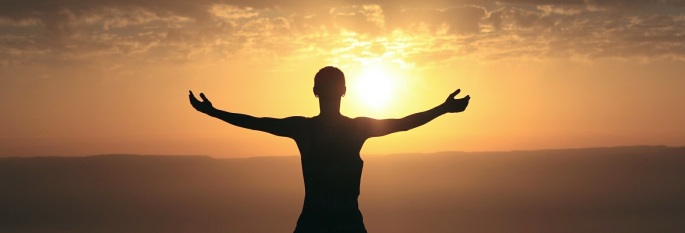 When I started doing yoga and meditation, I felt like my body is inflexible and I am not made for yoga. Forget about practising headstand, when I was thinking about it, I felt like falling again and again. But, over the years I realized that yoga is made for people who are inflexible. It’s not about whether you have a flexible or inflexible body, it’s all about the start we need to do. I always believe that yoga and meditation are not about moving your body parts but it’s all about knowing yourself and your body. It is the alignment of body, mind, and soul. Yoga helps to unite these three aspects of our life. It gives me the strength to rejuvenate and concentrate on my goals. Here are the 10 ways yoga changed my life and it could change yours also.
When I started doing yoga and meditation, I felt like my body is inflexible and I am not made for yoga. Forget about practising headstand, when I was thinking about it, I felt like falling again and again. But, over the years I realized that yoga is made for people who are inflexible. It’s not about whether you have a flexible or inflexible body, it’s all about the start we need to do. I always believe that yoga and meditation are not about moving your body parts but it’s all about knowing yourself and your body. It is the alignment of body, mind, and soul. Yoga helps to unite these three aspects of our life. It gives me the strength to rejuvenate and concentrate on my goals. Here are the 10 ways yoga changed my life and it could change yours also.
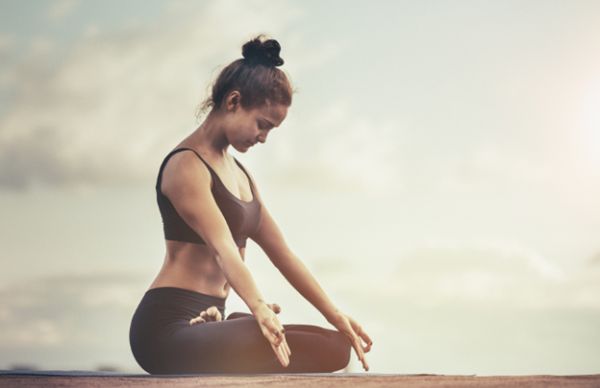






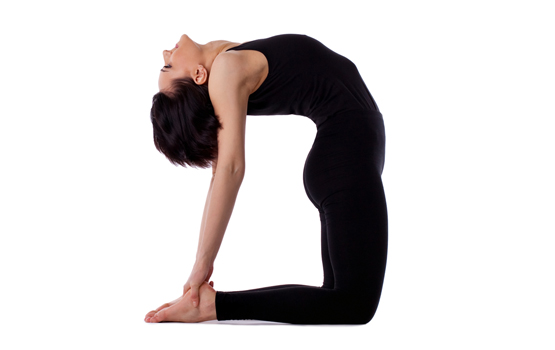
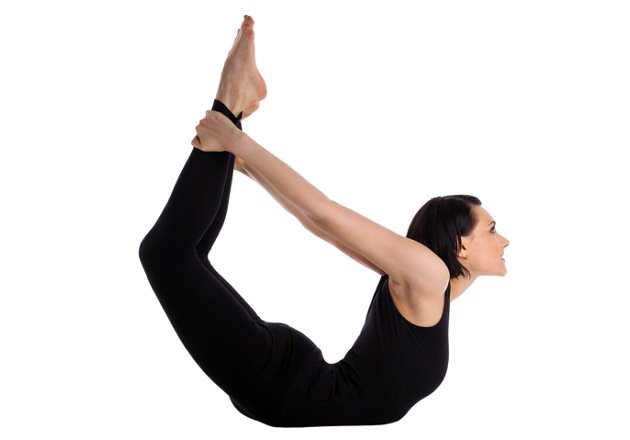
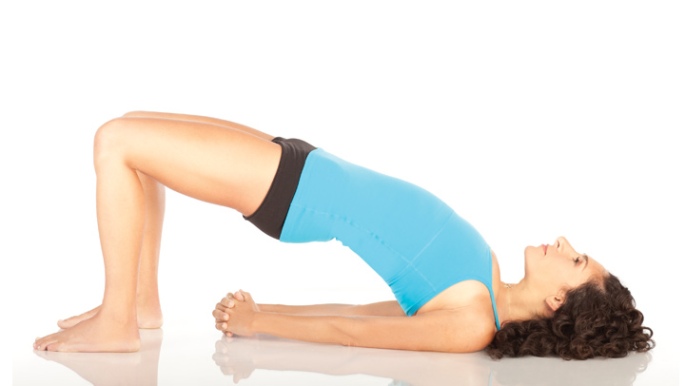
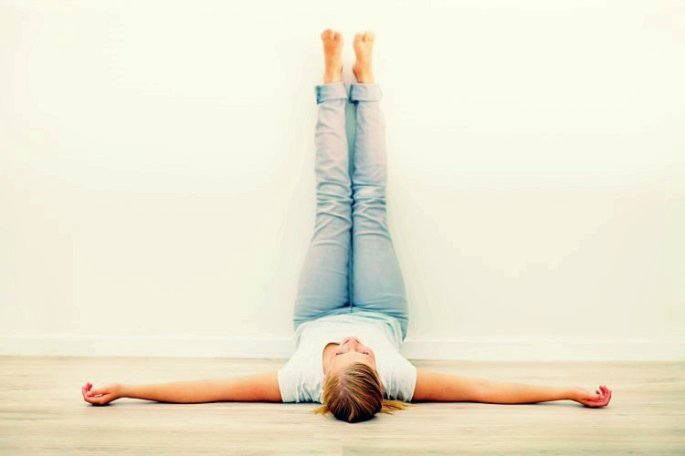








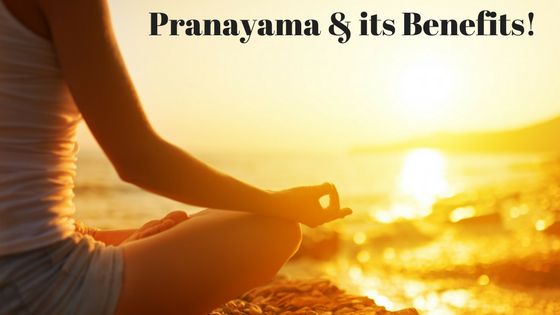







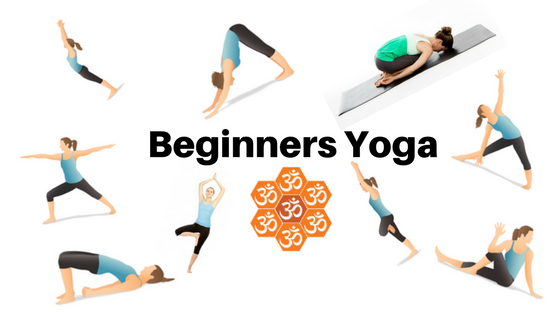


 A simple yoga which helps in improving your focus and concentration.
A simple yoga which helps in improving your focus and concentration. A perfect posture to improve your balance and strengthen your back and legs.
A perfect posture to improve your balance and strengthen your back and legs. This pose helps to stretch your hamstrings, chest and lengthen the spine. It provides blood flow to the head.
This pose helps to stretch your hamstrings, chest and lengthen the spine. It provides blood flow to the head. It promotes deep breathing, stretches legs and muscles around the knee. Stimulates function of abdominal organs.
It promotes deep breathing, stretches legs and muscles around the knee. Stimulates function of abdominal organs. This pose increases flexibility elevates mood and strengthens arms and shoulders.
This pose increases flexibility elevates mood and strengthens arms and shoulders. This pose opens your hips, chests and lungs and improves balance and flexibility.
This pose opens your hips, chests and lungs and improves balance and flexibility. This pose helps in improving digestion and circulation of blood. It also reduces stress, depression and stretches the chest, spine, neck and hips.
This pose helps in improving digestion and circulation of blood. It also reduces stress, depression and stretches the chest, spine, neck and hips. This pose stretches shoulders, hips, and back. It also helps to calm the nervous system and tones abdomen.
This pose stretches shoulders, hips, and back. It also helps to calm the nervous system and tones abdomen. This posture is helpful for relaxing the muscles of your body. It restores vitality physically, mentally and emotionally by reducing stress and anxiety.
This posture is helpful for relaxing the muscles of your body. It restores vitality physically, mentally and emotionally by reducing stress and anxiety.